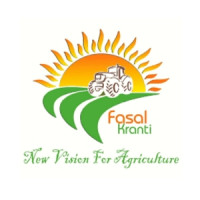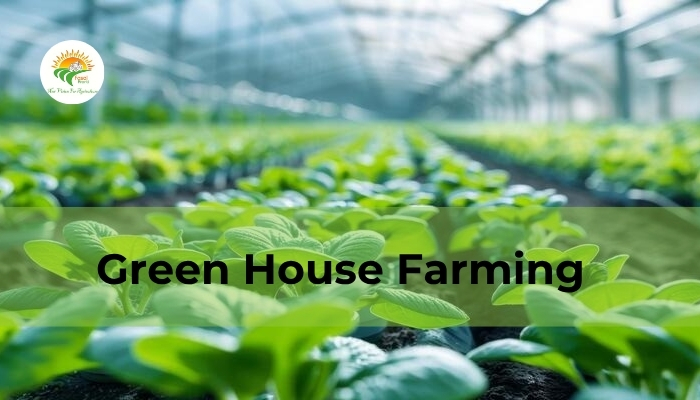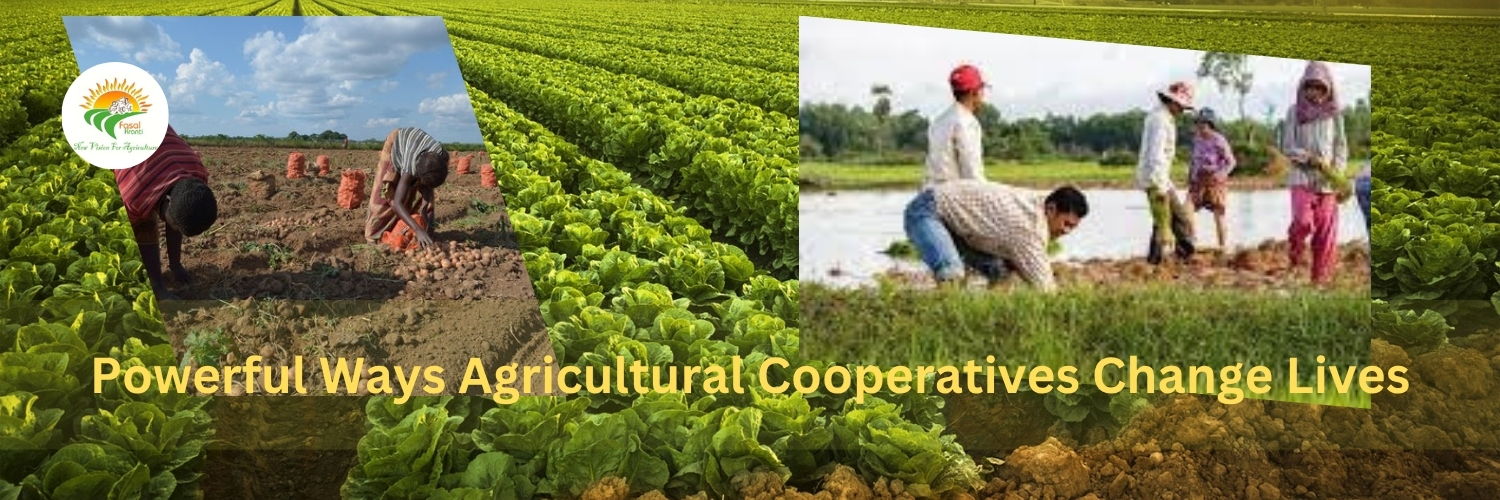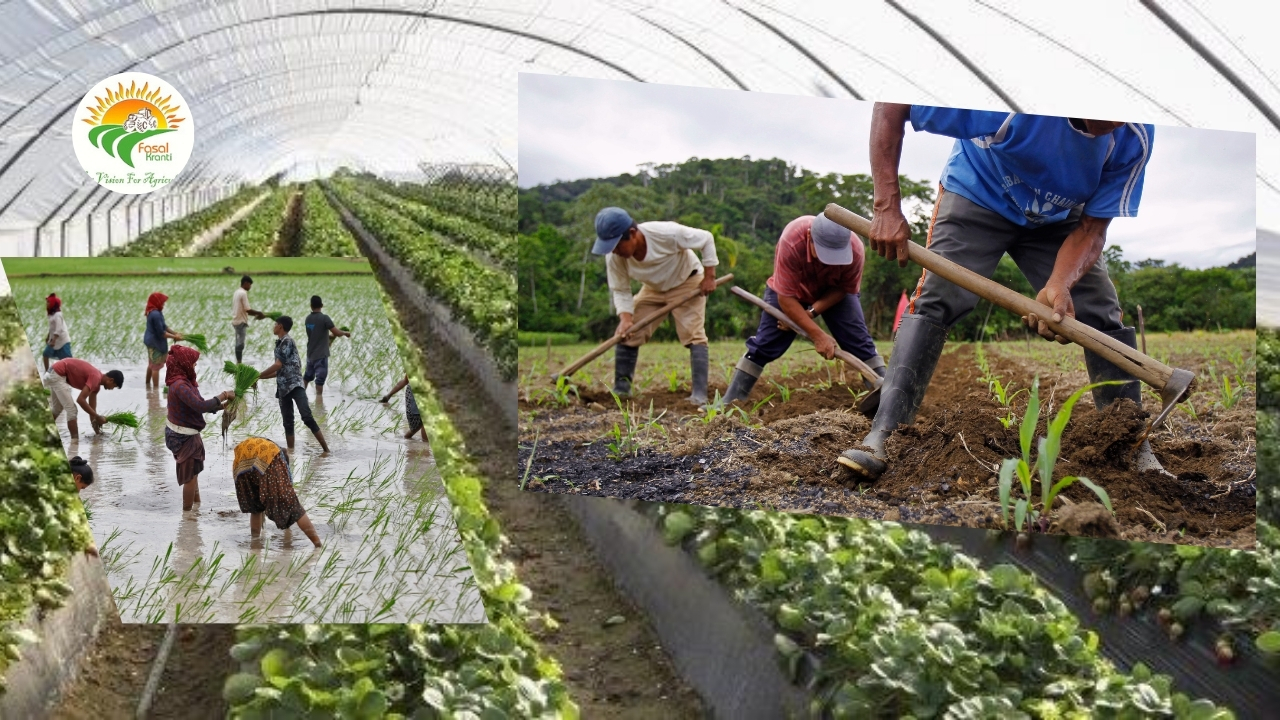Green house Farming with Govt Subsidy: Start Smart in 2025
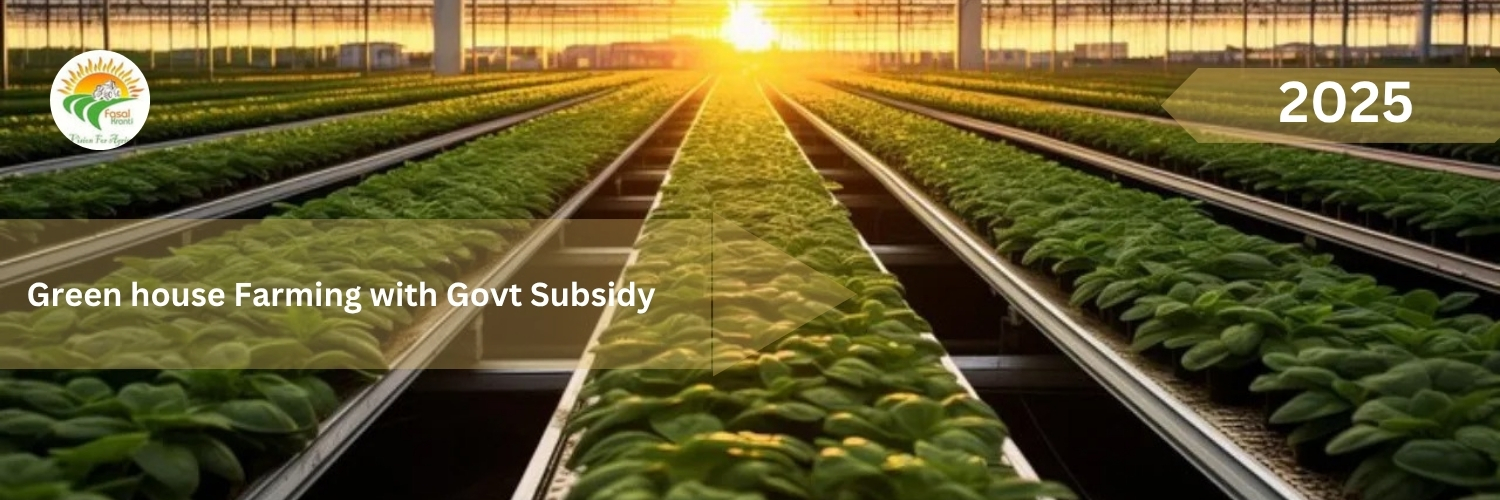
Strong 8k brings an ultra-HD IPTV experience to your living room and your pocket.
In 2025, green house farming is not just a modern trend it is a smart move that helps farmers grow more, earn more, and fight back against unpredictable weather and shrinking farmland. The best part? Thanks to strong government subsidies and support, even small and marginal farmers can now start green house farming affordably.
Whether you are on a small plot in a village or a commercial farmer, this guide shows you how to start smart with green house farming using subsidies, agri-tech boosts, and farmer-friendly tips.
What Is Green house Farming?
Green house farming means growing plants in a controlled, enclosed structure (polyethylene or glass), rather than open fields. The green house captures heat and sunlight, offering shelter from:
• Unpredictable weather (lightning, hail, extreme cold)
• Pests and diseases that thrive outdoors
• Soil degradation and nutrient loss
Inside, farmers can set the perfect conditions for plant growth soil-free setups, drip irrigation, sensors, humidity control, and more. That means consistent yield and quality throughout the year.
Why Green house Farming Is Smart in 2025
In 2025, green house farming stands out as a revolutionary shift in agriculture, offering farmers unmatched control, consistency, and profitability. Unlike traditional open-field farming, green houses create a controlled environment that protects crops from erratic weather events like heavy rains, hailstorms, heatwaves, or early frosts conditions that are becoming increasingly frequent due to climate change. This means farmers can grow high-value, off-season crops year-round, tapping into premium markets when prices are highest. The protected setup also ensures uniform growth, faster crop cycles, and significantly higher yields with fewer losses to pests and diseases. Equipped with drip irrigation and misting systems, green houses use up to 90% less water, while also minimizing chemical use making the produce not only more eco-friendly but also safer and more appealing to health-conscious consumers. The demand for fresh, residue-free vegetables, herbs, and flowers continues to rise, both in domestic urban markets and exports. Whether you're a smallholder with 500 sq. m or a commercial grower managing acres, green house farming offers financial stability, resource efficiency, and a smart pathway to modern farming success in 2025 and beyond.
Govt Subsidies for Green house Farming in India (2025)
In 2025, the Government of India is making green house farming more accessible and profitable by offering generous subsidies ranging from 40% to 70%, with enhanced benefits for SC/ST and women farmers. These subsidies fall under key national and state schemes such as MIDH – NHM, which provides up to 50% subsidy for green house construction; PM-KISAN SAMPADA, which offers grants for infrastructure, modern technology, and value chain marketing; RKVY–Raftaar, which supports agri-startups and young entrepreneurs in green house ventures; and various State Horticulture Missions, delivering region-specific support, technical training, and crop planning assistance. The exact subsidy a farmer receives depends on factors like land size, location, gender, and community category. To simplify the process, many states now allow online applications through Aadhaar-linked agriculture portals, making it quick and hassle-free for farmers to submit documents, track approvals, and receive funds directly into their bank accounts. This proactive approach is empowering small and marginal farmers to embrace protected cultivation and transform their agricultural income streams.
Eligibility & How to Apply
Requirements:
• Own/lease land for green house use (20-year lease is often enough)
• Farm plan + crop schedule
• Certified greenhouse vendor quotes
• Farmer registration with horticulture/agri department
• Co-investment by farmer (varies by state/program)
Application Process:
1. Visit your local KVK or State Horticulture Department
2. Submit a proposal (size, crop plan, vendor quote)
3. Apply through the state agriculture portal
4. Undergo technical verification and inspection
5. Build your greenhouse with drip systems
6. Get subsidy credited on approval and proof of work
Online Tip: Use Aadhaar, scanned land documents, and quotes—processing takes ~30–60 days.
Cost & Savings with Subsidy
Greenhouse Size Total Cost (₹) Subsidy (50%) Out-of-pocket Cost
500 m² 3 lakh 1.5 lakh 1.5 lakh
1000 m² 6 lakh 3 lakh 3 lakh
4000 m² 22 lakh 11 lakh 11 lakh
Larger farms may also get subsidies for drip kits, fans, foggers, sensors, and even solar panels.
Choosing the Right Green house Type
Choosing the right green house type is key to boosting productivity and getting value from your investment. For beginners or those on a tight budget, low tunnels offer an affordable, short-term option to protect crops from frost or rain. High tunnels provide more space and better crop control while remaining economical. In warm regions, polyhouses are the top choice cost-effective and subsidy-friendly with great climate control. For commercial-scale farming, glass houses offer durability and automation but require higher investment. Shade net houses suit nurseries and shade-loving plants, helping manage light and humidity at low cost. Start with a 500–1000 m² structure, gain hands-on experience, and scale up as you grow in skill and confidence.
Tip: Master the ropes with 500–1000 m² first, then scale up.
Best Crops for Subsidized Green houses
Subsidized green houses are ideal for growing high-value crops that offer quick returns and strong market demand. Tomatoes are top performers, especially during off-season winters when prices soar. Capsicum and chillies deliver excellent profits in both domestic and export markets. Leafy greens like spinach and lettuce grow fast and are always in demand. For niche buyers like hotels and urban consumers, exotic vegetables such as broccoli, zucchini, and lettuce offer great margins. Meanwhile, cut flowers like roses, gerberas, and chrysanthemums command premium prices in floral and export markets.
Smart cropping plans can yield 2–4 cycles per year, boosting profitability.
How Green houses Improve Farmer Livelihood
Green houses significantly uplift farmer livelihoods by offering season-proof, reliable farming with predictable outcomes. They ensure higher profit margins through increased yields and premium-quality produce that commands better prices. With efficient use of water and fertilizers, farmers enjoy cost savings while maintaining crop health. Greenhouse-grown crops also open doors to urban markets, exports, and bulk buyers, boosting sales opportunities. Most importantly, they provide a year-round income stream, enabling better financial planning and long-term farm growth.
Smart Tips Starting in 2025
To begin smart in 2025, work only with certified green house vendors to ensure quality construction, technical standards, and hassle-free subsidy approvals. Take advantage of free training programs at KVKs and agricultural institutes to build your knowledge. It's best to start small with a 500–1000 m² unit, which helps you manage risk while learning. Conduct proper crop and market research to grow what sells profitably in your region. Lastly, use affordable automation tools like sensors and drip timers to save water, reduce labor, and increase efficiency right from the start.
Mistakes to Avoid
• No crop strategy: Understand demands before planting
• Maintenance neglect: Check drips, vents, poly sheets regularly
• Excessive scaling: Expand after success, not guesses
• Poor documentation: Without records, subsidies may be paused or rejected
Agri-Tech Upgrades for 2025
Modern green houses in 2025 come equipped with smart features that make farming more efficient and profitable. AI-powered climate control systems use sensors and automation to maintain ideal growing conditions. Solar-powered setups help cut electricity costs while ensuring continuous ventilation. Hydroponic kits offer fast, soil-free crop production, and IoT-based monitoring allows farmers to control temperature, humidity, and irrigation from their smartphones. These innovations not only increase yield and reduce labor but are also supported by subsidies and startup grants, making high-tech farming more accessible to all.
Sustainability & Environment
Green house farming is a sustainable solution that conserves water through drip and recirculation systems, reduces pesticide use due to its clean, controlled environment, and protects soil health by minimizing erosion and heavy machinery use. It’s also climate-smart, providing stable yields despite extreme weather, making it ideal for long-term, eco-friendly food production.
Future of Subsidized Green house Farming
Looking ahead, the sector is evolving:
• State-level incentives increasing
• Private industry collaboration on tech + training
• Export-focused crop schemes to boost earnings
• Modern retail tie-ups providing fresh market access
Green houses are fast becoming mainstream agriculture not just a niche solution.
Remarks
Green house farming with government subsidy in 2025 is a perfect storm combining opportunity, affordability, and technology. With state and central support, low-cost entry, and agri-tech on your side, green house farming puts small and large farmers on a path to better yield, stable income, and sustainable futures.
FAQs
1. Can tenant farmers access the subsidy?
Yes if you have a legal lease (20-year lease common) and apply via proper channels.
2. Is green house farming too risky for beginners?
With KVK guidance and gradual scaling, even first-time farmers succeed.
3. How soon do I get subsidy once applied?
Typically 30-60 days after inspections and document verification.
4. Can I grow organic crops in green houses?
Absolutely it’s easier to meet organic standards in controlled environments.
5. Is maintenance technical?
Basic upkeep ventilation and pest checks can be managed by most growers.
6. Are KVKs providing handholding?
Yes, all KVKs and horticulture departments support green house training and setup.
Note: IndiBlogHub features both user-submitted and editorial content. We do not verify third-party contributions. Read our Disclaimer and Privacy Policyfor details.

